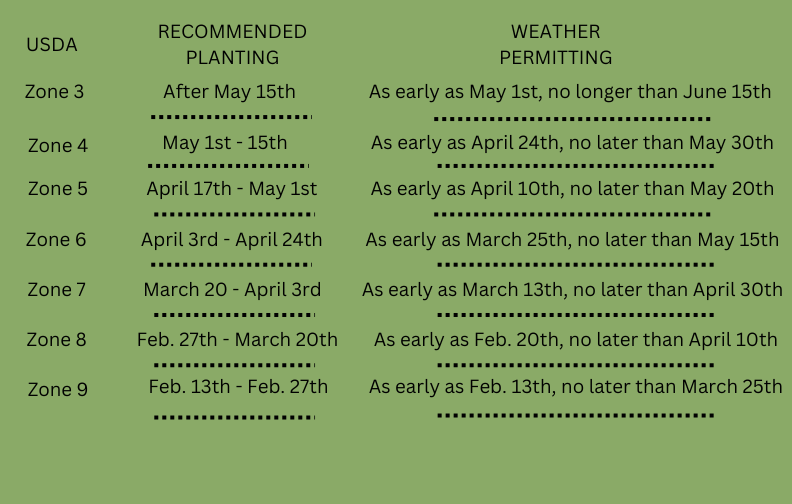Concord SEEDLESS Table Grape - Blue-Seedless (SOLD OUT 2025 SEASON)
| Quantity | Price |
| 1-9 | $11.25 |
| 10-29 | $9.75 |
| 30-99 | $9.25 |
| 100 + | $8.50 |
Grapes are smaller than regular Concord and will have an occasional seed. The flavor is the same as a regular Concord grape but slightly sweeter. The concord seedless generally ripens 1 week earlier than the seeded Concord and is excellent for pies, jams, jellies, and wine. Once the vine becomes established it shows improved vigor and productivity.






